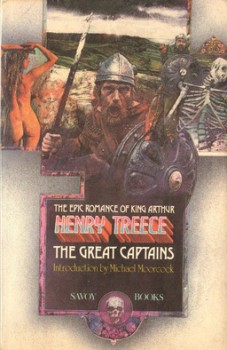Monthly Short Story Roundup — December
 This past December, new short stories in heroic fiction were almost as scarce as good Conan pastiches. Not that it’s been a bad month for heavier fantasy fiction, as both the Milton Davis/Charles Saunders-edited Griots: Sisters of the Spear and John R. Fultz’s trilogy-ending Seven Sorcerers came out. It’s just short fiction that wasn’t happening.
This past December, new short stories in heroic fiction were almost as scarce as good Conan pastiches. Not that it’s been a bad month for heavier fantasy fiction, as both the Milton Davis/Charles Saunders-edited Griots: Sisters of the Spear and John R. Fultz’s trilogy-ending Seven Sorcerers came out. It’s just short fiction that wasn’t happening.
In the past three issues of Beneath Ceaseless Skies, I found only a single story that fits the S&S bill (sort of). It’s like the editors have decided they will not satisfy my need for more/new/good tales of S&S adventure. I feel like they’ve read my short story roundups and are looking to spite me for being disappointed in their emphasis on almost everything but heroic fiction lately. Fortunately, Swords and Sorcery Magazine came through with its regular monthly pair of stories.
Swords and Sorcery Magzine #23’s first story (even though it’s referred to as the second in the editor’s preface) is “I Think Therefore I Die” by Fraser Sherman. Sherman, whose earlier work has appeared in Allegory and on Drabblecast, presents a Renaissance France where the key to what most of the world considers magic is really only the application of mathematical principles uncovered by Rene Descartes. Utilizing the techniques of advanced geometry, practitioners of Cartesian mathematics can travel between distant geographical points instantaneously. They can also affect minor healing on themselves. For the story’s roguish hero, Hugh of Essex, a skirt-chasing Cartesian prone to dueling, the ability to staunch his wounds is a valuable one.



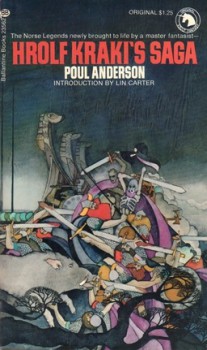
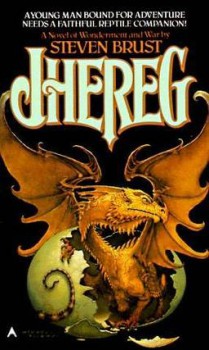
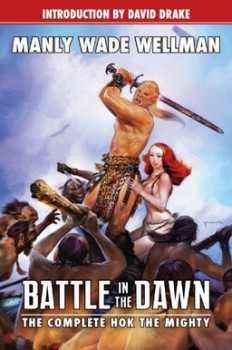
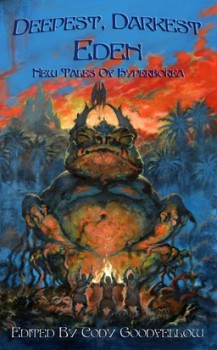 Clark Ashton Smith, one third of the Weird Tales triumvirate along with H. P. Lovecraft and Robert E. Howard, has been a favorite of mine ever since I bought a copy of the Lin Carter-edited collection Hyperborea. I was thirteen or fourteen and Smith’s archly told stories of the titular prehistoric land and its impending doom before an encroaching wall of ice, stunned me. I was long familiar with Lovecraft’s purple prose, yet nothing had really prepared me for Smith’s cynical, lush, and utterly weird writing. The stories were stunning and I was a fan.
Clark Ashton Smith, one third of the Weird Tales triumvirate along with H. P. Lovecraft and Robert E. Howard, has been a favorite of mine ever since I bought a copy of the Lin Carter-edited collection Hyperborea. I was thirteen or fourteen and Smith’s archly told stories of the titular prehistoric land and its impending doom before an encroaching wall of ice, stunned me. I was long familiar with Lovecraft’s purple prose, yet nothing had really prepared me for Smith’s cynical, lush, and utterly weird writing. The stories were stunning and I was a fan.
